It’s something most of us take for granted. We enter our home, workplace and countless other buildings made of concrete and steel, feeling confident they won’t come crashing down upon us.
Tess Ahlborn never takes it for granted. Structural durability and safety are her life’s work. Ahlborn, a professor of civil and environmental engineering at Michigan Technological University, was recently appointed to the American Concrete Institute Committee 318, placing her in the small group of people who establish the ACI structural concrete building code used around the world.
About the Researcher
After water, concrete is the most widely used substance on the planet. As a member of the committee, Ahlborn will help chart the future of structural concrete — its safety, sustainability, technological advances and environmental impacts.
“It is the highest possible position of service, a pinnacle, that any academician or practitioner can have in the field of structural concrete,” said Larry Sutter, assistant dean of research and external relations in Michigan Tech's College of Engineering. “It also means her peers consider her to be one of the most knowledgeable and trustworthy among them.”
ACI 318 Building Code Requirements for Structural Concrete provides the minimum requirements for the design and construction of structural concrete used in any structure constructed under the requirements of the International Building Code (IBC) or any other code that incorporates ACI 318. Many codes in other countries are based on it as well.
“We think of concrete almost as rock, but a big part of it is the steel,” Ahlborn said. “It’s a frame of steel bars encased in concrete. People the world over need to know, ‘How do I design with it?’ and ‘How does it behave?’ The code is based on over 100 years of research.”
Ahlborn knows the code inside and out. As a civil engineering student at Michigan Tech, she learned ACI Code 318 from civil engineering professor Bogue Sandberg, now a professor emeritus.
When Ahlborn became a civil engineering professor at Michigan Tech, she started teaching the code, too. “Over the years I have taught at least 1,500 students in the classroom about the 318 code requirements,” she said. “Now I’m teaching the code requirements to students in our online graduate program.”
Founded in 1904 and headquartered in Farmington Hills, Michigan, the American Concrete Institute is a leading authority and resource worldwide with over 100 chapters, 200 student chapters, and 30,000 members spanning over 120 countries. The first “code” was published in 1910 by the National Association of Cement Users (NACU), the predecessor of ACI. The first code with 318 in the title was published in 1941.
MTU on ACI 318
Three others from Michigan Tech have sat on the main ACI Committee 318:
- Frank Kerekes, former Dean of Faculty at Michigan Tech from 1954-65, a civil engineering professor.
- David Gustafson, an alumnus and former Michigan Tech civil engineering faculty member who earned a BS Michigan Tech and a PhD from Tulane University, both in civil engineering. He is a consulting engineer in Winthrop Harbor, Illinois.
- Theodore Reyhner, a civil engineering associate professor at Michigan Tech from 1953-56, before he joined the faculty at Chico State University in California.
“There are very few catastrophes and that is because of ACI 318 Code,” said Ahlborn. “All the ACI codes are very strict. Buildings made of concrete and steel don’t often collapse. But it can happen. And it is typically because someone hasn’t followed the code requirements."
Committee 318 meets at least twice per year, and more often as the code cycle nears completion, with a lot of reading and study by committee members in between. Sutter, an expert in materials characterization, concrete-making materials and concrete durability, often goes to sit in the gallery when the committee convenes. “It’s like a 3D chess game going on, and I know the players.”
As technology of design advances, members of Committee 318 must decide how and when they will be adopted, and codified. Researchers must present their desired changes in the code to the committee, akin to arguing in front of the "Supreme Court" of concrete.
Within ACI Committee 318, experts sit on subcommittees. “They are examining the bond between steel and concrete, such as anchor bolts, and penetration depth. They consider new materials and new technologies. Committee members can champion a cause to add new technologies to the code, or change the code requirements. It is a very slow and thorough process,” said Ahlborn. “There are many checks and balances.”
Added Sutter, “To be on Committee 318, you need to be very accomplished. Tess put in a lot of hard work. You don’t move into this committee unless you can contribute and accomplish things, do things.”
With six years between each appointment, it becomes a lifetime appointment for most members. Ahlborn pointed out, “It’s going to be a heck of a lotta work."
Michigan Technological University is an R1 public research university founded in 1885 in Houghton, and is home to nearly 7,500 students from more than 60 countries around the world. Consistently ranked among the best universities in the country for return on investment, Michigan's flagship technological university offers more than 120 undergraduate and graduate degree programs in science and technology, engineering, computing, forestry, business, health professions, humanities, mathematics, social sciences, and the arts. The rural campus is situated just miles from Lake Superior in Michigan's Upper Peninsula, offering year-round opportunities for outdoor adventure.
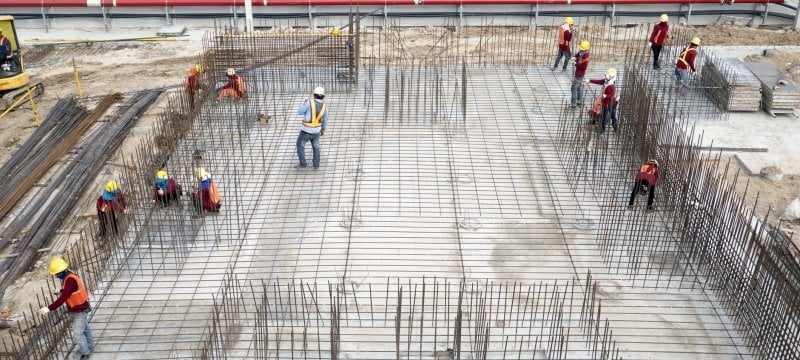



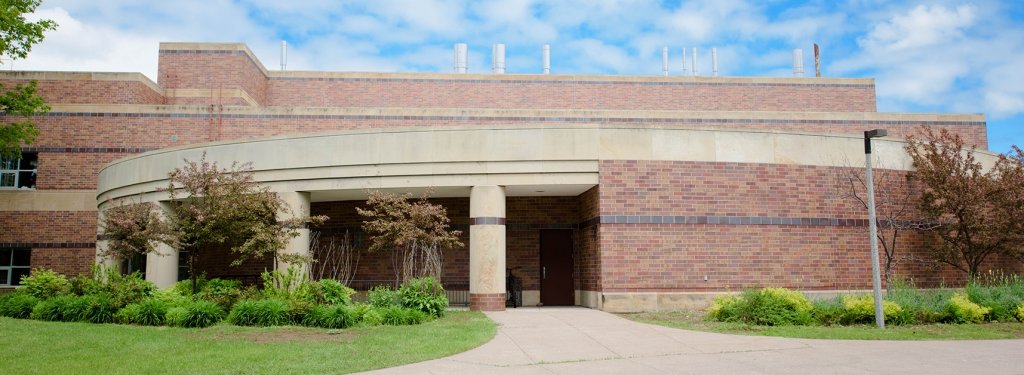
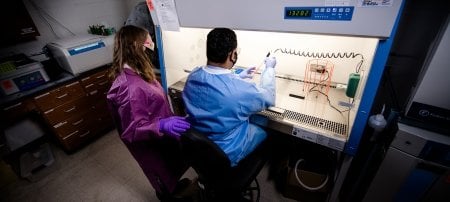
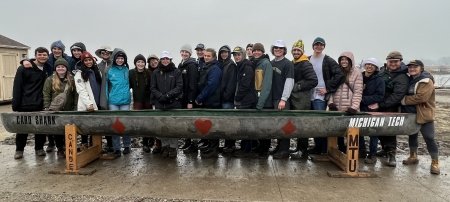
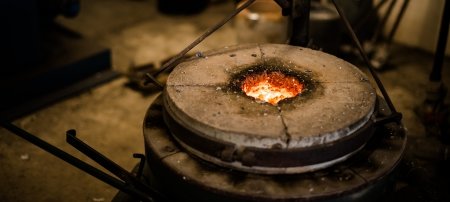
Comments